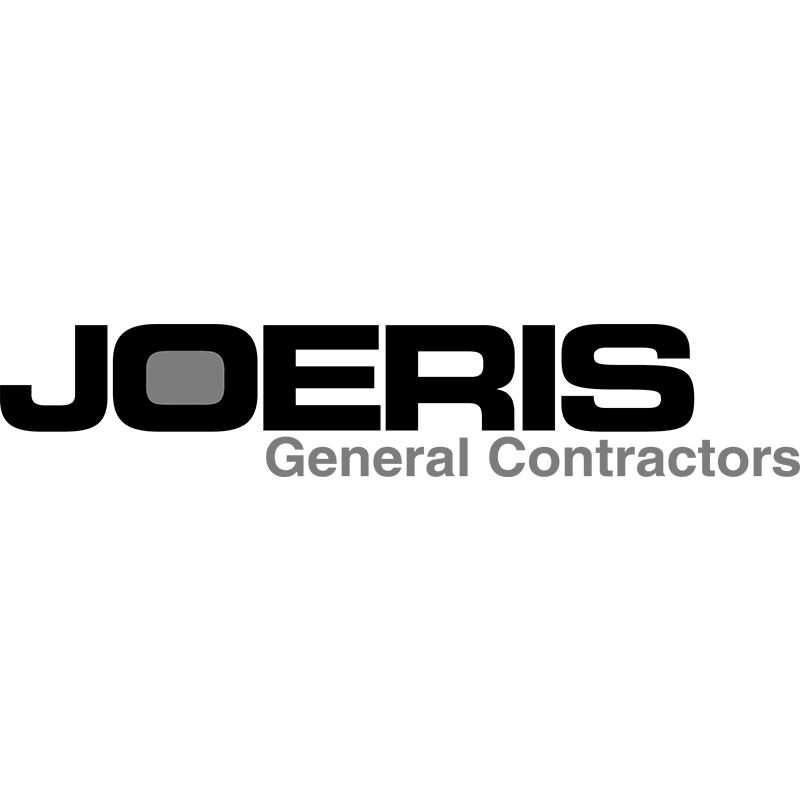Tips and Tricks for Purchasing and Installing Shade
When you’re looking to buy and set up shade, like top-notch sun sail shades for your space, a bit of know-how goes a long way. Before you jump in, make sure to plan. Look at where you want your shade to be.
Think about what it needs to do for you. The sun moves across the sky all day; remember this as it affects where the shadow falls. By keeping these points in mind, you’ll pick out something awesome that lasts years.
Understanding Commercial Grade Standards
When you pick a shade, knowing commercial grade standards matters. These shades are made to shield plants better from the sun’s harsh rays while letting water pass through. This means your garden stays moist but not too wet.
Made with UV-stabilized polyethylene, they last longer under sunlight without losing strength or color. In studies like the one on spinach using different colored nets, growth improved significantly in quality and size. For larger areas like farms or greenhouses where keeping plants healthy is key, choosing the right type of net 50%, 70%, or even over 90% shading can make all the difference.
For those looking at options for commercial use, especially when thinking about durability outdoors for events or as permanent installations like awnings, getting professional advice helps ensure you meet these high standards effectively. Considering sun sail shades for outdoor areas needing sunlight protection and rainwater passage? ShadePro products, with the expertise and variety in sizes and colors, could be your best bet.
Maximize Coverage with Proper Sizing
To get the right shade sail, measure your space first. Know that each corner of the shade needs an extra foot for stretching. Shade sails block UV rays and come in many shapes to fit different areas, like patios or open spaces.
For setting up, using post-hole diggers works best. They make digging easier than a shovel does. Remember, poles must go 4 feet into the ground for firm support. Marking increments on your digger helps track depth as you work. This step ensures safety from sun harm while making outdoor spots cool and enjoyable.
Always plan size with stretch in mind for perfect coverage.
Installation Techniques for Durability
First, decide where rain should flow off the shade sail. In this area, set your hardware a bit lower than at other points. Use a pencil to note these spots on wood or steel posts.
For wood, fix the mounting gear slightly down for water run-off direction. Steel requires round clamps attached to those marked areas. If you’re starting without any structure (like a deck), put in either wooden or steel posts firmly into the ground with cement to ensure they stay upright and strong.
Once that’s done, it’s time to attach your shade sail using ropes or chains, but avoid making it too tight. Keep some give so as not to overstrain its fabric, which can lead to quicker wear out of material. Finally, temporary supports like bungee cords should be removed after securing each corner properly with permanent installations such as turnbuckles and carabiners, ensuring everything holds up well under all conditions without sagging or being overly taut.
Anchoring Systems for Strong Support
When you buy a shade setup, don’t overlook anchoring. This key step ensures your shade stands strong against wind and weather. First off, know the soil type where you’ll plant anchors; sandy or clay soils require different approaches.
In most cases, deep ground anchors are used for firm hold. They go several feet down to grip the earth tightly. For concrete surfaces, opt for bolt-down options that secure directly into the base with heavy-duty bolts. Remember water flow, and make sure anchors allow drainage away from support areas to avoid weakening over time.
Lastly, always double-check local codes. Some places have specific rules about how and where you can install these systems. With careful planning and the right hardware, your shade will stay put year-round.
Choosing Colors and Designs Wisely
When choosing colors for your shade, think about what you want it to do. For a brand match, pick colors that are seen well from far away. This draws more people in by making your setup easy to spot and memorable. If the area is for sports or swimming, go with less bold shades so as not to distract players or swimmers. In parks? Opt for greens and browns that blend seamlessly into nature’s backdrop.
Bright hues work great over play areas or parking spots, helping them stand out, but choose muted tones for professional settings needing subtlety.
Also important: UV protection varies across color spectrums. Darker fabrics typically offer stronger barriers against harmful rays, ideal if sun safety is key in sunny locales, whereas lighter ones are better above the greenery, allowing sunlight through, crucially needed by plants below.
Selecting the Right Shade of Material
When you pick a shade, think about your brand’s look. A big shade can be seen from far away. So, choose a color that fits your company to attract more people.
Ask yourself what job the shade has besides blocking sun rays. For areas like stands or pools, avoid bright colors as they might distract users. In parks, go for green or brown shades to match nature.
Bright hues work well in parking spots and kids’ zones but use softer tones for formal business places. Darker shades offer better UV protection and are useful in sunny spots, while lighter ones suit spaces with plants needing sunlight below them. Choose wisely based on these needs. ShadePro offers advice plus custom options that are ready in four weeks!
Choosing the right shade for your space is key. At ShadePro, we offer top solutions that fit every need. Start by thinking about size and purpose.
Do you want a cozy spot or something grand? Next, pick materials built to last. Our products promise strength and beauty over time. Installation can seem tough, but no worries! With clear guides from us, setting up becomes simple. For lasting comfort outdoors, trust ShadePro’s expert help through each step.
















